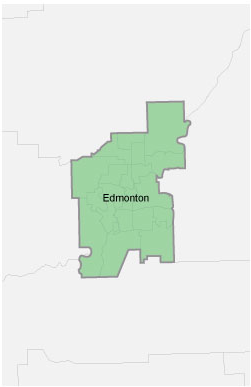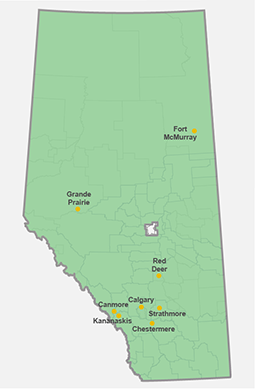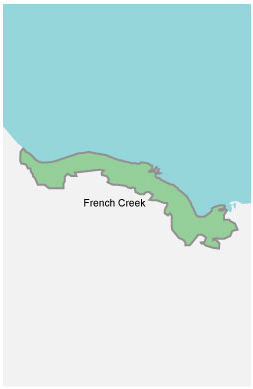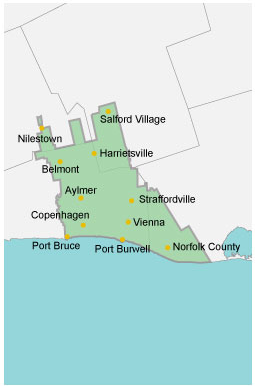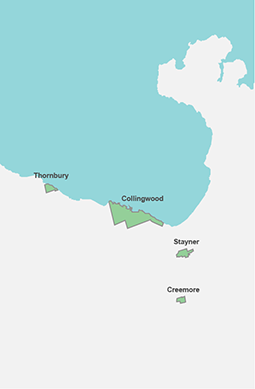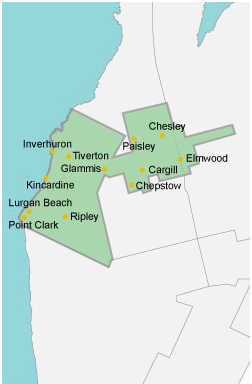EPCOR administers a Premises Isolation Cross Connection Program to ensure the water quality in our water distribution system remains safe from contamination, originating from a buildings private water system. The scope of this program includes commercial, industrial, and multi-residential facilities within the City of Edmonton.
The program:
- Maintains a database of facilities, building owners and premises isolating backflow prevention assemblies installed within the building along with a test history of each of those assemblies and notes from inspections.
- Maintains a database of WCS AWWA certified testers and installers of backflow prevention assemblies.
- Ensures that the testing equipment used by all certified installers and testers are calibrated annually.
- Conducts cross connection surveys of new and existing buildings within the City of Edmonton.
- Notifies our customers and building owners of annual testing and installation requirements.
Testing requirements
Backflow preventers shall be tested:
- Upon installation
- When cleaned, repaired or overhauled
- When relocated
- Annually
- As required by the regulatory authority
Test reports must be submitted to the Cross Connection Control office within 5 business days of the test.
EPCOR only accepts test reports for Premises Isolating Backflow Preventers. The CSA B64.10 Standard requires that all testable backflow preventers be tested annually, internal (zone/fixture) test reports are to be sent to the owner of the building.
EPCOR does not accept test reports for backflow preventers that were tested outside of Edmonton, as they are not part of our water distribution system. These reports can be sent to the authority having jurisdiction and the building owner.
As a WCS AWWA Cross Connection Control Specialist (tester) that is registered with EPCOR to test you are required to:
- Test a backflow preventer as per the procedures outlined in the AWWA Canadian Cross Connection Control Manual
- Selection and Installation of backflow preventers is to be made as per the CSA B64.10 Standard and the National Plumbing Code of Canada
- Report instances of incorrectly installed backflow preventers
- Include pictures of new backflow preventor installations (attached to your test report)
- The installation, from a suitable distance to determine the acceptability of the installation within the existing piping system.
- The manufacturers STAMPED Information or Data Plate.
- If you are correcting or updating any information in the Database such as but not limited to make, model, size, type, and serial number you are required to include photo evidence supporting your correction. Most often this would be a photo of the stamped or engraved data plate, however depending on the type of correction other photos may be required.
